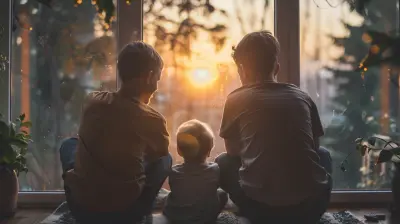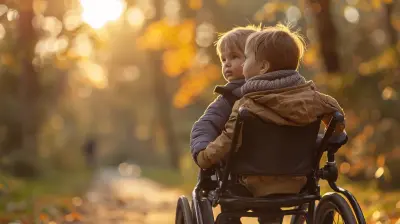Educating Kids About Safety Without Instilling Fear
15 June 2025
Keeping our kids safe is every parent's top priority. But here’s the tricky part—how do we teach them about safety without making them scared of the world around them? We're walking a fine line here. It’s like trying to light a match without setting the whole forest on fire. As parents, we want our kids to be alert, aware, and prepared—but still feel confident, joyful, and free to explore.
In this article, we’ll dive into how to talk to children about safety in a way that empowers them, builds their confidence, and keeps fear far, far away. Trust me, it’s totally possible—and you might even enjoy the process once you see it from a fresh perspective.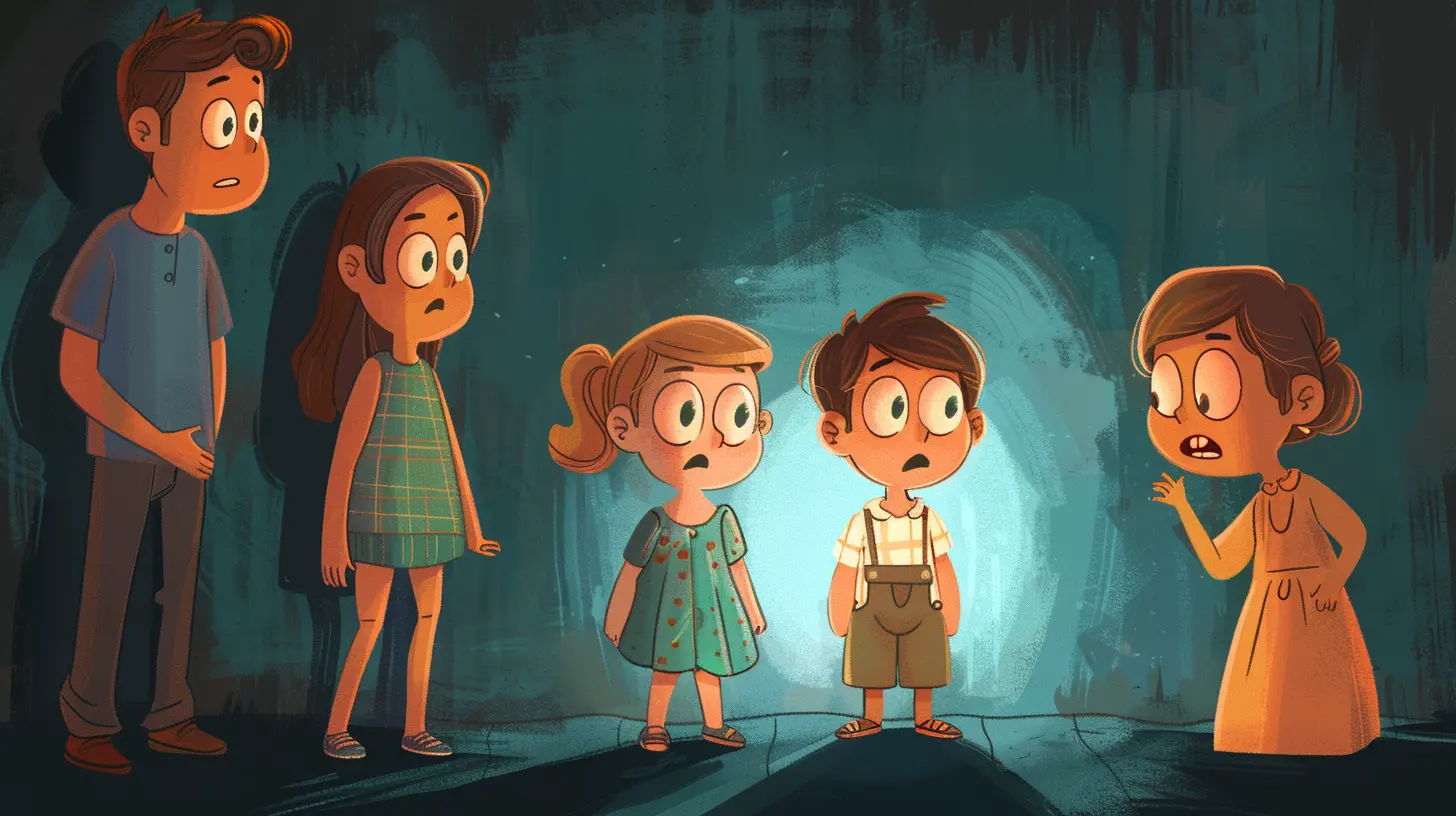
Why Teaching Safety Matters—And Why Fear Isn’t the Answer
Let’s face it: the world isn’t all sunshine and rainbows. But it's also not a constant danger zone. Kids need to know the difference, and that comes from us. Giving them tools to recognize unsafe situations, make smart choices, and ask for help builds resilience and independence.But here’s where many parents go off track: fear-based teaching. You know, saying things like, “Don’t talk to strangers or they’ll kidnap you,” or “If you don’t listen, something bad will happen.” That might get their attention temporarily, but it sticks in their minds in the wrong way. Fear can shut kids down. It can make them anxious, overly cautious, or distrustful of the world.
Instead, think of safety education like teaching your child to ride a bike. You don’t scream about the possibility of falls and accidents. You give them a helmet, hold onto the seat, and cheer them on. They learn a little at a time—and eventually, they pedal with confidence.
Start Early—And Keep It Age-Appropriate
The earlier you begin teaching safety habits, the more natural they become. But always keep in mind your child’s age and how they process information. A toddler doesn’t need a lecture on internet safety, and a teen might need more nuance than a 5-year-old.For Toddlers and Preschoolers
Little ones learn through repetition and play. Keep messages short, sweet, and engaging. For example:- “We always hold hands when we cross the street.”
- “Only adults go near the stove.”
- “We don’t open the door without mommy or daddy.”
Books and songs can help reinforce these ideas without making them scary. Think of Daniel Tiger’s jingles—they stick, right?
For School-Aged Kids
Now you can build on the basics. Kids this age can understand cause and effect a bit more. So it’s okay to explain why certain rules exist—but keep it calm and matter-of-fact.Try this:
- “We wear seatbelts to keep our bodies safe in case the car stops suddenly.”
- “If you're ever lost, look for a mom with kids and ask for help.”
This is also a great time to introduce role-playing. Make it a fun game! Pretend you’re a stranger at the park and ask, “Want to see my puppy?” Let your child respond and then talk about why their answer was safe—or how they could improve it.
For Tweens and Teens
Now the conversations get deeper. Kids this age face complex scenarios—online risks, peer pressure, dating boundaries. Be honest and open. Don’t sugarcoat things, but don’t dramatize either.Let them lead discussions when possible. Ask what they’ve heard at school or seen online. Use real-life news stories (age-appropriate ones, of course) to spark dialogue.
Encourage critical thinking with questions like:
- “What would you do in that situation?”
- “What do you think the safest option would be?”
Show them you trust their judgment and are there for support—not control.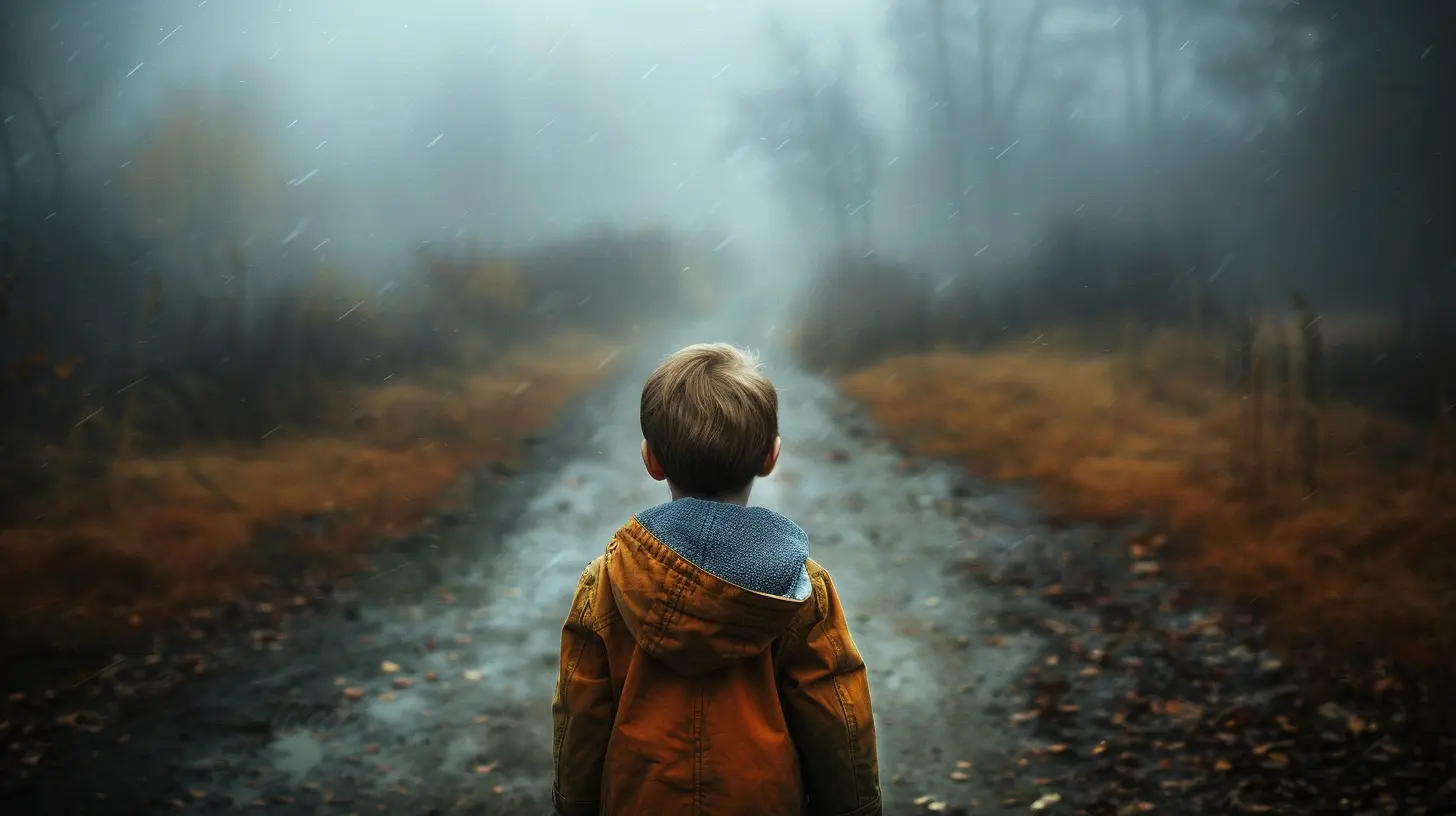
Focus on Empowerment, Not Just Rules
Instead of rattling off a list of “don’ts,” focus on what your child can do. Empowerment builds confidence. Here’s how you shift the tone:- Instead of “Don’t talk to strangers,” try “If you ever feel unsafe, trust your gut and come get me.”
- Rather than “You must never walk alone,” say “Let’s talk about ways to stay safe when walking home.”
Help your child recognize their instincts. That gut feeling? It’s real. Teach them to trust it and take action.
You can even practice using instincts with everyday stuff:
- “How does your tummy feel when a friend is nice to you?”
- “What does your body feel like when someone says something that makes you uncomfortable?”
Their instinct is their superpower—help them tune in to it.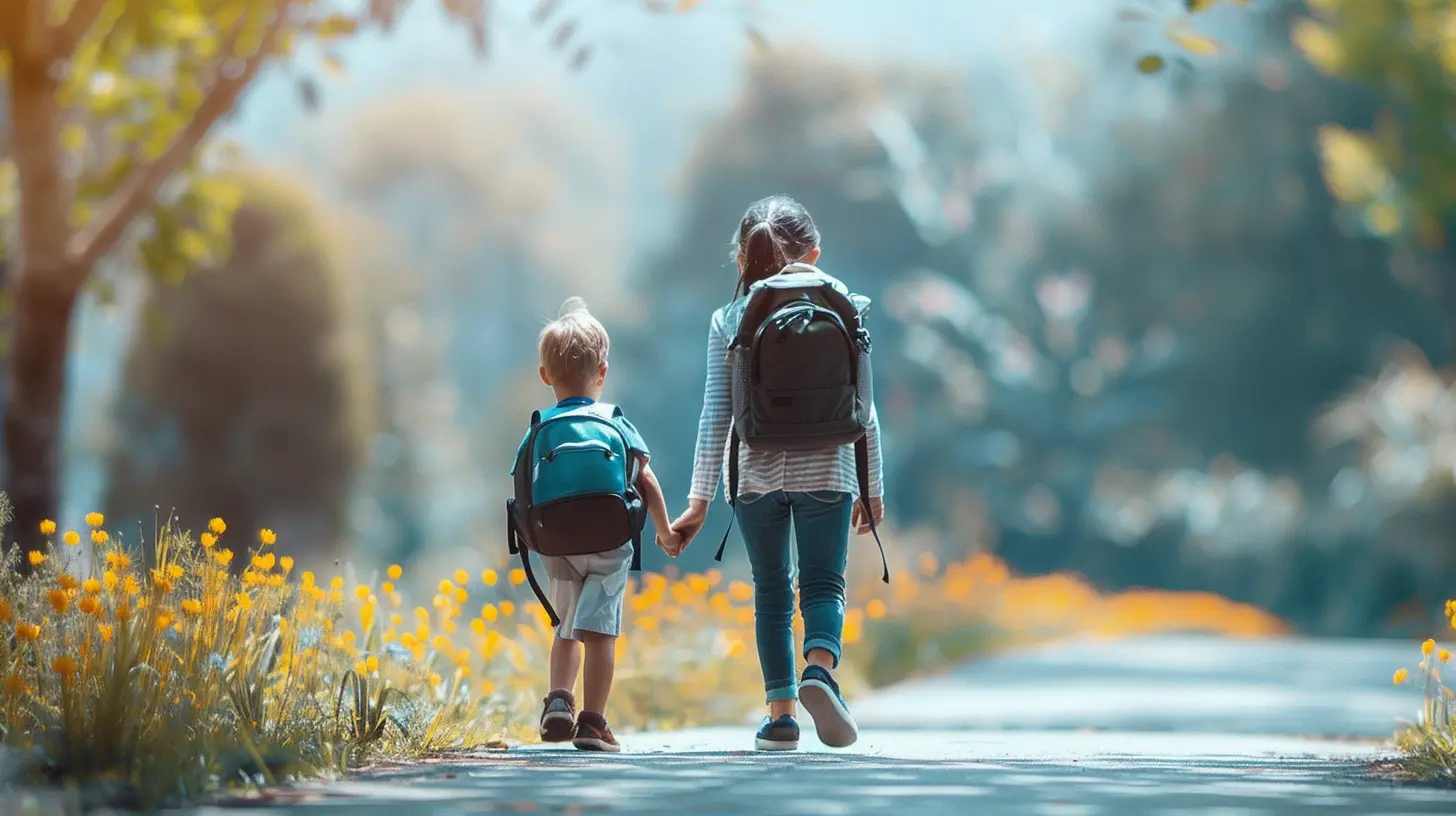
Normalize Safety Talks Like You Do Hygiene or Homework
Here’s a little secret: If you make safety discussions a normal part of life, they won’t feel scary or dramatic. Just like brushing teeth or cleaning up toys, safety can be part of your daily rhythm.Some ideas:
- Use car rides to talk about seatbelt use, pedestrian safety, or traffic lights.
- During screen time, chat about online boundaries or cyberbullying.
- At bedtime, read books that reinforce safety themes in gentle ways.
Make it conversational, not a lecture. Ask open-ended questions. Share your own experiences or even mistakes you’ve made (yes, even we parents mess up sometimes). This keeps the vibe honest and relatable.
Teach “What If” Without the Worry
“What if” scenarios are gold when it comes to safety lessons—if used correctly.Instead of doom-and-gloom hypotheticals, keep things low-pressure. Think of it like building muscle memory.
Try questions like:
- “What if you get separated from me at the store?”
- “What if someone you don’t know asks for help finding their dog?”
- “What would you do if you saw someone being treated unfairly?”
Talk through different options, and let your child flex their problem-solving muscles. Make it a game. Let them “quiz” you, too. Kids love playing teacher.
The goal isn’t to scare them—it’s to show them they’ve got tools and choices.
Use Stories, Media, and Books to Your Advantage
Stories are one of the most powerful teaching tools for kids. And they don’t even realize they’re learning!Look for books that address safety themes in age-appropriate ways. Television and movies can offer natural learning moments, too.
Just be mindful of what your child watches. Avoid overexposing them to violent or traumatic scenes. If they do see something troubling, open a conversation:
- “How did that scene make you feel?”
- “What would you do if something like that happened in real life?”
Stories help kids process big themes in little bites, so use them often.
Encourage Questions (Even the Awkward Ones)
Kids are curious. They’ll ask weird, wild, and sometimes uncomfortable questions. That’s okay. Actually, it’s more than okay—it’s amazing.When they ask something that surprises you, take a deep breath. Don’t shut them down. Even if you don’t know the perfect answer, say something like:
- “That’s a really great question. Let’s think about it together.”
- “I’m glad you asked that. It shows you’re paying attention.”
Your response sends a strong message: You’re a safe space. Even when the world feels confusing, they can count on you to talk it through.
Role Model Calm Confidence
Kids watch us. All. The. Time.If we’re jumping at every creak in the floor or obsessing over the news, they notice. They absorb it. But if we model calm, confident awareness? That’s what they learn to mirror.
Practice what you preach:
- Talk out loud about how you make safe decisions—like looking both ways or checking who’s at the door.
- Show assertiveness when setting boundaries with others.
- Stay composed in stressful moments, and if you don’t? Name it. “I was feeling nervous, so I took a deep breath and asked for help.”
This kind of modeling is priceless.
Reassure, Reassure, Reassure
As your child learns about safety, they might have moments of worry or doubt. That’s super normal. Learning to navigate the world is a big deal.Reassure them that:
- Most people are good.
- Unsafe situations are rare—but it’s smart to be prepared.
- You’re always there to talk, no matter what.
Let them know it’s okay to feel uncertain. Emotions are part of the package, and there’s no such thing as a silly question or concern.
A Safety Checklist (Just for Parents)
Want a quick guide to see if you’re on the right track? Here’s a little checklist for you:✅ Are your conversations calm, not scary?
✅ Are you sharing tools and strategies—not just warnings?
✅ Are your messages age-appropriate?
✅ Have you practiced real-world scenarios?
✅ Are you modeling the behavior you want to see?
✅ Do your kids feel they can talk to you without judgment?
If you’re saying yes to most of these, you’re doing a fabulous job.
Final Thoughts: Safety With Heart
Teaching kids about safety isn’t a one-time talk—it’s a journey. Like building a house, one brick at a time. And the foundation? Trust, communication, and love.You don’t have to have all the answers. You just need to show up, keep the conversation open, and remind your child that their safety—and their peace of mind—matters.
So go ahead—have that safety chat today. Keep it light, keep it empowering, and above all, keep it full of heart. Your child will thank you for it (eventually!).
all images in this post were generated using AI tools
Category:
Dealing With FearsAuthor:

Steven McLain
Discussion
rate this article
3 comments
Joy McLaury
Why sugarcoat it? Kids need to know the real deal without the drama. Safety education shouldn't feel like a horror movie—let's arm them with knowledge and confidence, not nightmares. Fear doesn't teach; empowerment does!
June 22, 2025 at 2:50 PM

Steven McLain
I completely agree! Empowering kids with knowledge fosters confidence and resilience, making safety education effective and constructive without resorting to fear.
Thistle McKittrick
Thank you for this insightful article! It’s a delicate balance to teach our kids about safety while nurturing their sense of security. Your tips on fostering open conversations and creating a supportive environment are invaluable. Together, we can empower our children to navigate the world confidently.
June 17, 2025 at 2:43 PM

Steven McLain
Thank you for your kind words! I'm glad you found the tips helpful in fostering open communication and confidence in our kids. Together, we can create a safer, more supportive environment for them.
Mira McVey
This article offers valuable insights on teaching children about safety in a positive way. By focusing on awareness and practical skills rather than fear, parents can empower their kids to handle situations confidently. It's a refreshing approach that fosters resilience and promotes open communication. Great read!
June 15, 2025 at 4:47 PM

Steven McLain
Thank you for the thoughtful comment! I'm glad you found the article helpful in promoting a positive approach to safety education.

